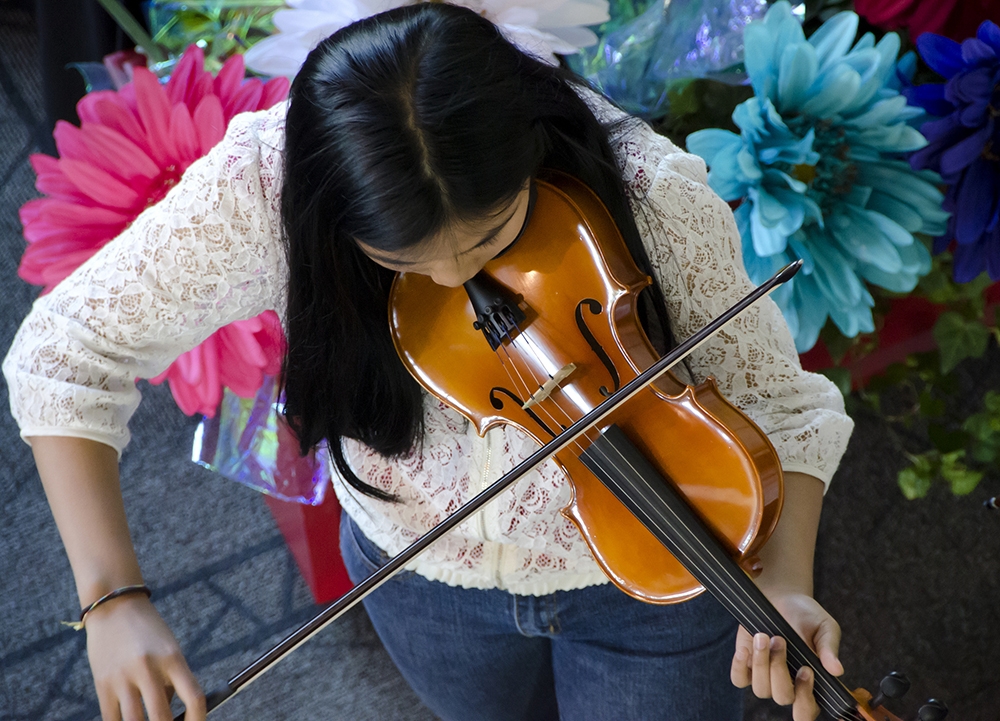Dennis Bayazitov | Contributor
Featured image: Dancing, acting, painting and many other forms of art inspire healthy daily and mental patterns. | Courtesy of Susan Smith (Flickr)
At one point or another, almost everyone has been in “the zone.” It’s a great feeling. Everything you do clicks: your awareness sharpens and your movements become natural—free-flowing, yet precise. You feel unstoppable. In the field of positive psychology, this is what is known as a flow state.
When implemented via meditation, it is a way to take your craft to the next level.
First introduced by Dr. Mihaly Csikszentmihalyi in his exploration of the phenomenon in Flow: The Psychology of Optimal Experience, a flow state is most easily described as a completely focused state. Much like how a musician focuses on only the next few notes of their intricate technical piece, or how a painter loses themselves in the blending of their colours, the key to enter flow is to focus on nothing else but the immediate task at hand.
Oftentimes, flow states are achieved when the challenge of the task aligns perfectly with one’s current skill level.
Some keystone features of flow states include a loss of reflective self-consciousness, a sense of personal control, deep harmony and peace with the environment. Studies also show that the promotion of such mind states lead to lower levels of depression and anxiety.
However, prospective artists need not dive into a creative frenzy to enjoy these benefits themselves. At the heart of the flow state is actually one of the oldest and most empowering practices known to man: what is known in Buddhism as mindfulness meditation.
One of the central motivations behind Csikszentmihalyi’s research was the question of what exactly inspires long-lasting happiness. It wasn’t money or possessions, nor was it dependent on relationships. It was being in flow, and the longer you find yourself in this state, he concluded, the happier you are. In essence, this is the practice of mindfulness meditation: keen interest in your immediate here and now. Dancing, acting, painting and many other forms of art inspire healthy daily and mental patterns.
It should come as no surprise that positive psychology research also finds a direct correlation between a daily practice of meditation and improved artistic capability—promoting a whole host of mental benefits, including: enriched relaxation, greater emotional stability and clinical aid for mental disorders such as anxiety, depression or attention deficits.
Daily meditators find that when writing, listening to music or creating art, they often lose themselves in the moment, becoming so absorbed in their work that it feels effortless, like one fluid act. This is because they have trained their mind to disconnect from their incessant stream of thinking. At its core, meditation functions to reduce irrelevant—oftentimes unwanted—thoughts by promoting internalized attention.
The next time you engage in any activity—artistic or otherwise—heighten your consciousness.
Before you know it, you will have entered into one of the most fruitful, pleasant upward spirals that will not only create some of your best work, but will also keep you in tune with your mental state.


